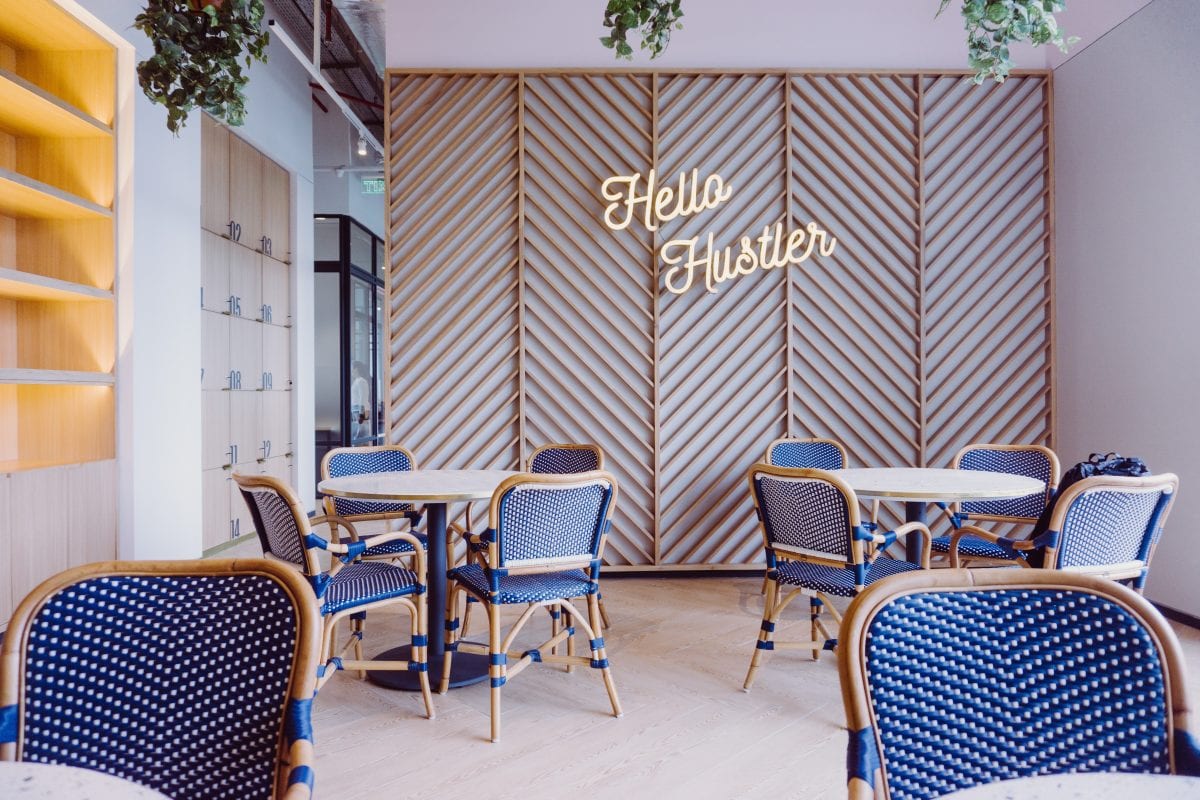
Businesses like Google, Facebook, Huffington Post, and Urban Outfitters are consistently praised for their innovative workplaces. Unsurprisingly, they’re also consistently ranked for employee satisfaction and career quality. It’s a correlation that’s causing many businesses to take a closer look at what these brands are doing right. They’re asking a simple question: What can facility managers can learn from the best places to work?
Drilling down into the specifics of what makes these workplaces unique is an encompassing task. What many facilities managers are discovering is that no one thing sets them apart. Instead, it’s how they cohesively leverage the factors that make a great workplace.
- Culture: The best companies to work for are the ones with ingrained culture. Employees want to come to work because they enjoy the atmosphere. They feel empowered by their office design, are comfortable with their workspace, feel welcome amongst peers, and are recognized as individual, respected workers.
- Floor plan: Office layout plays a tremendous role in how a workplace ecosystem functions. The best companies have designed their workplaces at a fundamental level, using floor plans that promote an ideal work environment. The decision to choose an open office floor plan vs. individual offices isn’t an accident. Incorporation of neighborhoods, hot desks, and flexible workspaces isn’t happenstance. Effective floor plans are conducive to the type of work environment a company is trying to build.
- Resources and equipment: Top-tier workplaces are built for productivity. Imagine not being able to find a project screen in a Google conference room or a laptop docking station at Facebook. These companies take stock of what employees need and provide them throughout the workplace. Essential resources and equipment are part of a productive workspace.
- Furnishings: There are infinite variations of desks, chairs, tables, and other office furniture. Choosing the right furnishings for your office is no small task. Consider variables like comfort, size and price, color, material, and functional features. From traditional desks to untraditional furnishings like a hammock, consider what makes sense for your workplace.
- Artistic features: Art is something you’ll find in every innovative workplace. Art is about more than décor or breaking up white space on the walls. It’s about creating an atmosphere and giving the workplace personality. Art bridges the gap between a standard workplace and one based on comfort. Whether it’s paintings, sculptures, or modern art fixtures, introduce art to your workplace.
- Workspaces: Successful facilities management is about making the most of the space you have. No space is more important than the individual workstations where work actually gets done. It’s no surprise the world’s top companies focus extensively on developing workspaces to foster productivity and positivity.
- Philosophies: What’s the philosophy of your workplace? Top companies have something that governs their workplace vision. It could be modern minimalism. Or, it might be a biophilic design or an intangible concept like Feng Shui. Whatever design philosophy speaks to your company and culture, make sure it governs everything about your workplace. Anchoring everything to a common concept creates a cohesive workplace that simply feels right.
- Well-being: Leading companies are sensitive to the mental and physical well-being of employees. Asana provides nap rooms. Google offers in-house guitar lessons. Microsoft holds Zumba classes. Facilities, activities, and attitudes all contribute to better work wellness. Taking stock of employee well-being can boost morale, productivity, and engagement.
Your company doesn’t have to be as big as Amazon, as techy as Facebook, or as freewheeling as Airbnb to create a workplace employees can’t stop raving about. Focus on individual factors that contribute to success and deploy them in your own workplace.
Keep reading: ways to enhance workplace wellbeing.








